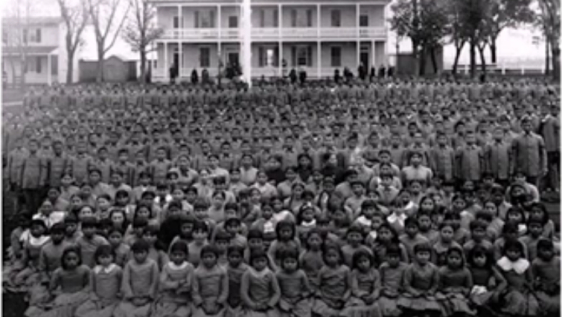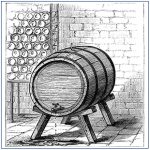History of Federal State Tribal Child Welfare Relations
The history of federal policy toward Indian children and families generally tracks along with the history of federal tribal policy. This process was a difficult one, as it was mostly devoted to extermination or assimilation of tribes, and eradication of tribal culture. The history of child welfare relations with the federal government, and later state child welfare relations, tracks a similar course.
Sam Daughety is a member of Dentons’ Public Policy and Regulation practice and Native American Law and Policy practice. Sam has substantial experience advising clients on complex Indian lands and Indian gaming issues, including tribal-state compacts and related agreements, the fee-to-trust process, leasing, regulatory compliance, and tribal governmental and administrative matters. He regularly assists clients in developing viable strategic solutions in the face of legislative and regulatory challenges.
In this CLE class video clip, Sam discusses the history of federal state tribal child welfare relations.
Watch the Full Indian Law CLE Class
Before the Indian Child Welfare Act of 1978, policy at a federal and state level favored removal of Indian children as a means of eroding tribal culture. This was seen as an attempt to effectively get rid of tribes as governments and their cultures. In the late 19th and early 20th century, there was what is considered the boarding school era.
Two quotes shed light on what the tone was during this time:
“All experience has demonstrated the impossibility of educating Indian children while they are permitted to consort and associate with their ignorant, barbarous, and superstitious parents.”
Condition of the Indian Tribes: Representative of the Joint Special Comm./ Appointed Under the Joint Res. Of March 3, 1865
“All Indian children over five years old should be taken away from under the authority and influence of their savage parents (from whom they absorb only poisonous barbarism) and placed wholly under the control of white male and female teachers.”
R.H. Milroy, Our Indian Policy Further Considered, 5 Presbyterian Q. and Princeton Rev. 624, 625-26 (1876)

The Carlisle Indian Industrial School was established in 1879 by Richard Pratt. These schools were designed to remove Indian culture from their upbringing, thus assimilating them into white society.
During the 20th century there was a gradual shift in policy to state and private control of Indian adoptions. The Indian Adoption Project, was a policy of “Indian extraction” and placement of adopted children with white families. By 1970’s, state child welfare systems were complicit in wholesale removal of Indian children.
By 1974, it became undeniable that there was something terribly wrong with the Indian child welfare system. Congressional hearings where held and a number of American Indian associations, child psychologists, and others testified. There was a federal task force appointed, who eventually reported back with really shocking findings. Nearly 25 to 35 percent of all Indian children nationwide were being removed from their families with a 90% average of placement in non-Indian homes.
During 1977 and 78, there were additional congressional hearings held with extensive testimony from the executive branch and other various representatives of state child welfare agencies, medical and psychiatric professionals, and tribal leaders and members. These hearings revealed the shocking removal rates and the fact that state child welfare workers frequently went on to tribal reservations, and in many cases simply kidnapped Indian children from their homes for placement with non-Indian families. Indian families were being targeted for removal. There was a significant cultural ignorance that drove these removals and placements. This horrific process was literally draining the Indian tribes of their most valuable resource, their children.








